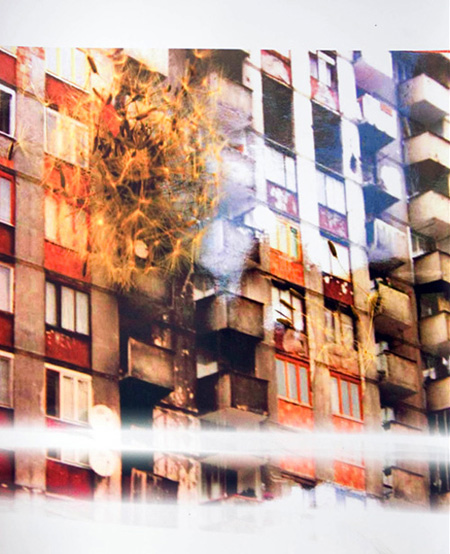Viktor Shklovsky, The Knight’s Move, trans. Richard Sheldon (Champaign, IL: Dalkey Archive Press, 2005), 4. See also Viktor Shklovsky, “Art as Technique,” in Four Formalist Essays, ed. and trans. Lee T. Lemon and Marion J. Reis (Lincoln: University of Nebraska Press: 1965), 3–24. In Russian, “Iskusstvo kak priem,” in O teorii prozy (Moscow: Sovetskii pisatel’, 1983). For a detailed discussion see Svetlana Boym, “Poetics and Politics of Estrangement: Victor Shklovsky and Hannah Arendt,” Poetics Today 26, no. 4 (Winter 2005): 581–611.
Shklovsky observed that artists often borrow and reuse the features of their uncles and aunts and not only of the giant grandparents. Innovation does not mean the invention of a new gadget or even a new language, rather it often follows the oblique moves of mimicry and ruse, and reuse of the features that were considered culturally irrelevant, residual, inartistic or outmoded, placing them into alternative configurations and thus altering the very horizons of interpretation.
Exaptation places eccentric imagination closer to innovation than the brutal struggle for survival of the fittest that extends from Darwin’s theory of evolution to contemporary market capitalism. (It is also a mild consolation to some of us who won’t win in the competition of the fittest but manage to survive thanks to our deviant imagination.)
In fact, the word “evolution” itself is a product of linguistic exaptation and errors of transmission. Originally it meant the unfolding of the manuscript, an opening up of potentialities; the word was not originally favored by the father of the theory of evolution, who only used it a few times at the end of his work, and was adapted by Darwin’s followers.
Vladimir Nabokov, Nikolai Gogol (New York: New Directions, 1961), 145.
